Black Fashion- Africa and its influence on worldwide fashion industries.
The African-inspired fashion, Haute-couture
Article- By Precious Obadara
Fashion, as it is well known, is a thriving industry worth billions. fashionable celebrities around the world are also helping to boost fashion obsession among their fans leading to the high demand for clothes and accessories.
Majority of fashion lovers always had this belief that European fashion has the most influence to a great extent in the fashion industry. But, they fail to see the African influence on many of the fashion trends.
African influence in fashion has been there and has been consistent, whether in chic new hairstyles, cowrie shell accents or traditional prints. African fashion is composed of vibrant colors consisting of tribal-like patterns. 

Many European designers have adopted the African fashion standards and have been seen mixing African fabrics and patterns into their clothing to turn ordinary into extraordinary.
It’s no secret that western fashion often borrows very heavily from African culture in the ongoing quest to spot the latest fashionable trend. This influence is mostly harmless and can be amusing for many of us until fashion houses and retailers fail to acknowledge where they got their inspiration from.
It’s even more provoking when the items are sold for extortionate prices, with no benefit to African communities.




Last year’s Victoria’s Secret fashion show in Shanghai referenced very heavily to African culture as an ongoing source of inspiration for high fashion. The Motherland has long been a hub of influence for fashionable trends in the Western world, from the ear-stretching fad which was adopted from the Maasai tribe of Kenya to festival face paint, which is reminiscent of many tribal practices…
- Habesha Kaba x Alexander McQueen


Alexander McQueen was berated on social media after the fashion house exhibited a new jacket priced at £4,895, looking like a replica of the Ethiopian and Eritrean Kaba. This traditional cape is worn at ceremonies by the Habesha community, who are resident of the horn of Africa. Needless to say, there was much fury over McQueen’s failure to acknowledge its source.
- African Safari x Louis Vuitton


Louis Vuitton’s Spring/Summer 2017 campaign proudly paid homage to “a return to roots, to heritage, to formative influences, to the blueprint” through a combination of safari and tribal prints and textiles.
- African refugees x Valentino


Valentino’s 2016 Spring campaign aimed to honor the thousands of refugees who have risked (or lost) their lives crossing the Mediterranean Sea in hopes of a better life in Italy. In an effort to develop tolerance towards the refugees, the fashion house aimed to push the message that “every person coming here is an individual, and we can show that we can improve ourselves by understanding other cultures.” Unfortunately, this message was lost to resentment over the use of European models with cornrows, which was perceived as cultural appropriation. In response, real Maasai people from Kenya made appearances in the photographed campaign.
- Nigerian coordinated partywear (aka Aso-Ebi) x Dolce and Gabbana

 Image Credit: Billboard
Image Credit: BillboardAso-Ebi is the traditional Nigerian lace mostly worn by a group of celebrants as a unifying outfit to grace events The 2016 Golden Globe Awards saw Scandal actress Kerry Washington donned a Dolce and Gabbana dress which seemed to take inspiration from this culture.
-
Ghana-must-go bags x Celine


For those who aren’t familiar with the history of Ghana-must-go bags, here’s a quick rundown. The year is 1983 and Nigerian president, Alhaji Shehu Shagari suddenly orders all aliens to leave Nigeria. The majority are Ghanaian. They are given a few weeks to exit to Ghana, so they pack what they can into the large checkered bags and make their way to the Seme border which leads to Ghana. Celine’s 2013 Autumn collection found a few ways of paying homage to the all-purpose bag…
- Ghana-must-go bag x Louis Vuitton
…While Louis Vuitton simply added their stamp to the original design and priced it at $300! which is actually sold in Africa for less than a dollar, Hilarious!


- Kenyan Maasai Shuka x Louis Vuitton
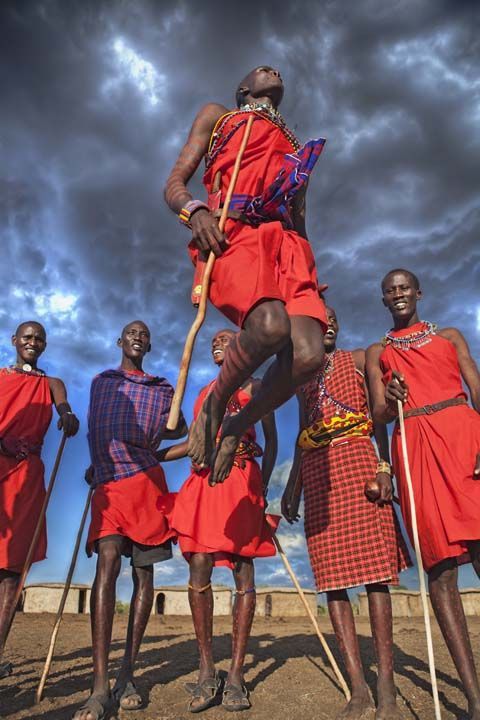

The Shuka is a blanket of red and blue hues, worn in various styles by the Maasai tribe. Louis Vuitton tapped the Shuka for their Spring/Summer 2012 men’s collection, to the distaste of many who thought that the originators of the Shuka should have benefitted in some way.
 Image Credit: Pinterest
Image Credit: Pinterest

- Women carrying items on head x Junya Watanabe
Anyone who has experienced the customs of an African village should be familiar with the vision of women and girls elegantly walking with a basket full of anything from food to eateries atop their heads. Needless to say, Japanese designer Junya Watanabe’s attempt to replicate this culture did not go down too well.
- Waist beads x ASOS



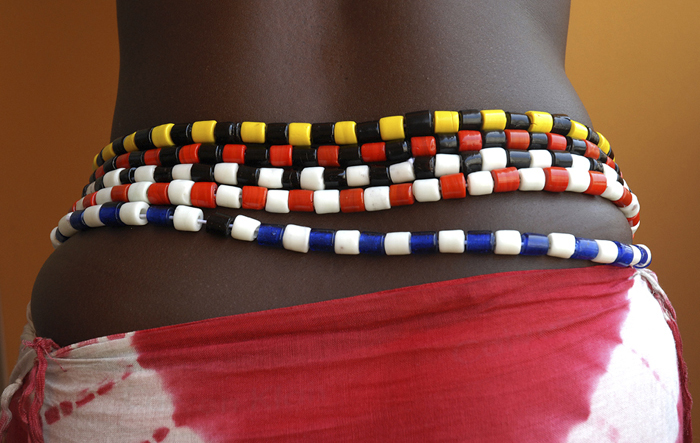
Many African groups use waist beads for different purposes. In Uganda, where waist beads are known as ‘Butiti’, they can be used by women to either arouse their men or to control the size of their waist. The beads are easily accessible because of the low cost of production and purchase, which is why ASOS caused such outrage in some quarters when they charged £65 for a single strand!
- Kenyan Maasai beaded jewellery x Mood Debenhams necklace
We’ve picked on this beautiful Debenhams necklace but make no mistake, Maasai beaded jewelry has a strong presence in both the high streets and high fashion. Maasai jewelry is identified by its beautiful assortment of colorful beads which hold different meanings, often related to cattle, which are the main food source of the tribe.
Also, many top celebrities like Beyoncé, Nicki Minaj, Rihana and others have paraded so many red carpets wearing one of the most predominant Africa fabric, “Ankara” a 100% cotton fabric used in making many clothing items like Jacket, gown, headscarves, dresses, trousers etc.

Contrary to what almost everyone believes, African fashion goes beyond Kente cloth and shells. Although, when Africa is mention in fashion, everyone’s mind turns to ethnic fabrics. But that’s not Africa’s only influence in fashion.
African influence in fashion was first recognized in the late 1960s in mainstream American culture. African-inspired fashion has always been used as an inspiration but not as a recognized prêt-à-porter fashion, it is mostly designed to be a bespoke fashion.
To further confirm how great the influence of the African fashion was at that time, it was a widely known observation with trendy fashions that were released by designers into which they incorporated the traditional African materials into their designs to give it more appealing and applauding looks.
Up since that time, African influence on fashion has been dominant even to every continent. This influence is more than just a trend; it is an origin of the new source of fashion inspiration.
From the traditional attire to modernized haute-couture dresses that are often worn by many international celebrities in their music videos, movies, red carpet events and even on the street, it is undoubtedly undeniable that the African textiles have had a huge influence on the fashion industry.
It was seen in the 70s that the African-inspired clothing and articles of clothing were worn by the “Black Power” movement to signify Black pride. Today, you can find African textiles and designs all over the world in many fashion shows and runway, worn and showcased by top fashion models. 
Talented African designers are now gaining global recognition and connection because of the influences of African textiles and designs in the fashion industry.
While African influences can be felt in the fashion industry globally, swimwear designers have become so influenced by the trend that they incorporate African animal prints like the leopards, cheetahs, zebras into their design so as to gain wider market recognition.


In addition to that, high fashion and accessory designers have also joined the league by adding African-inspired embellishments and details into their designs. And according to them, they have benefitted greatly from it as it makes their clothes and accessories look extraordinarily unique, colorful and fashionable which is also known to have boost up their sales.
image credit-Pinterest
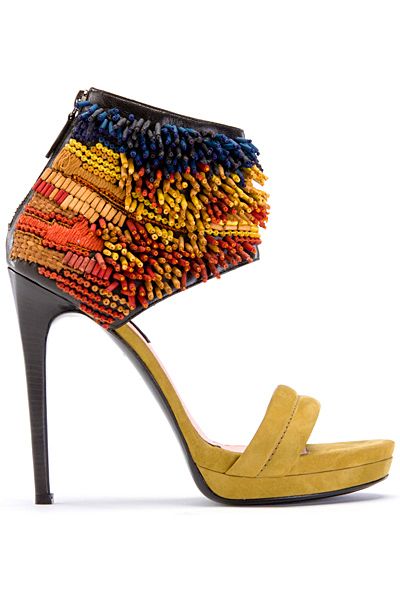
To top it all up, ever since most people of African descent started recognizing and embracing their roots, there has been a wide spread of the African-inspired fashion, as it seen as a symbol of identity pride. Furthermore, the black panther movie which was released February 16th, 2018, brought in a worldwide campaign of African culture as people were seen showing off their cultural attires everywhere, which was seen mostly when they were going to see the black panther movie. Marvel’s black panther movie brought an awakening to the black community and inspired them to uphold their heritage and appreciate the African fashion which has often been looked down upon.



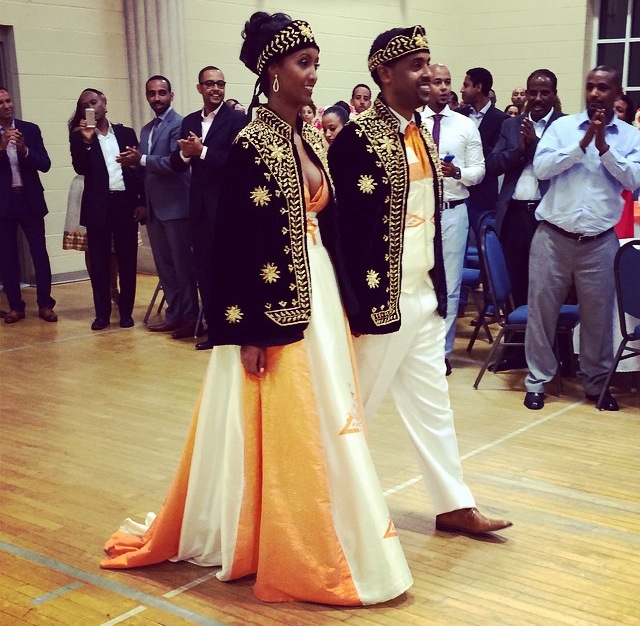 credit-pinterest
credit-pinterest


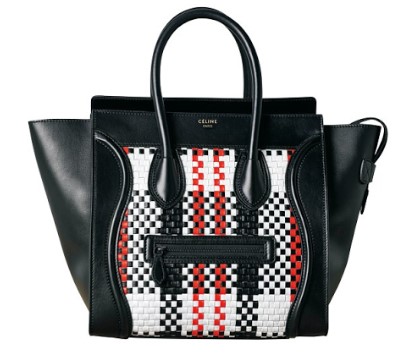
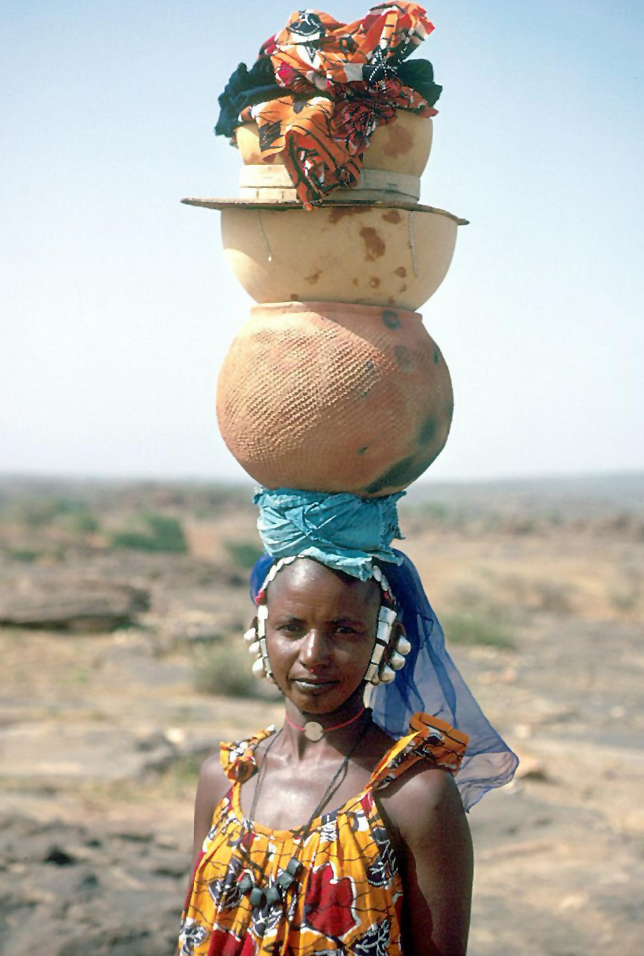

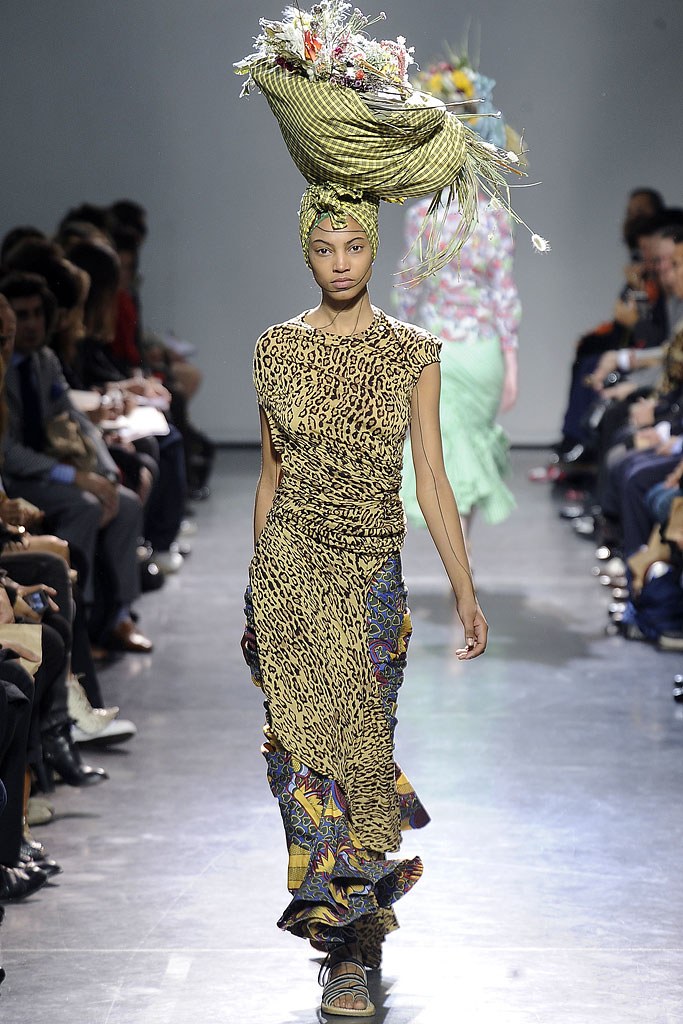



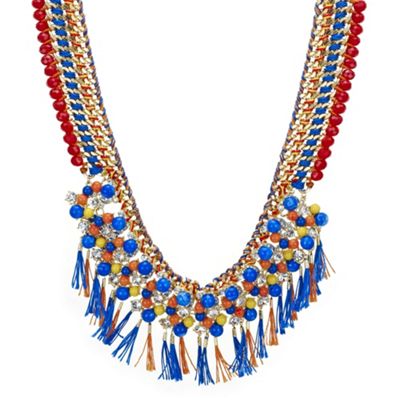








4 Comments
Black Fashion- Africa and its influence on worldwide fashion industry. – My Beautiful Black Ancestry
[url=http://www.gs8th028t4v146fwk60h571w7kj5d7kys.org/]udjhjfeto[/url]
djhjfeto http://www.gs8th028t4v146fwk60h571w7kj5d7kys.org/
adjhjfeto
Black Fashion- Africa and its influence on worldwide fashion industry. – My Beautiful Black Ancestry
aopiepwr
opiepwr http://www.g4z0g445y6u707rf98hgh180doo5kjo0s.org/
[url=http://www.g4z0g445y6u707rf98hgh180doo5kjo0s.org/]uopiepwr[/url]
Black Fashion- Africa and its influence on worldwide fashion industry. – My Beautiful Black Ancestry
dgkrwsdjd http://www.gww40fo6a6t7158m8ss96cc3gc38zo75s.org/
adgkrwsdjd
[url=http://www.gww40fo6a6t7158m8ss96cc3gc38zo75s.org/]udgkrwsdjd[/url]
Black Fashion- Africa and its influence on worldwide fashion industry. – My Beautiful Black Ancestry
[url=http://www.g669db8zfm42m033rx2nkp6p48p5r3h1s.org/]unetiesymng[/url]
anetiesymng
netiesymng http://www.g669db8zfm42m033rx2nkp6p48p5r3h1s.org/